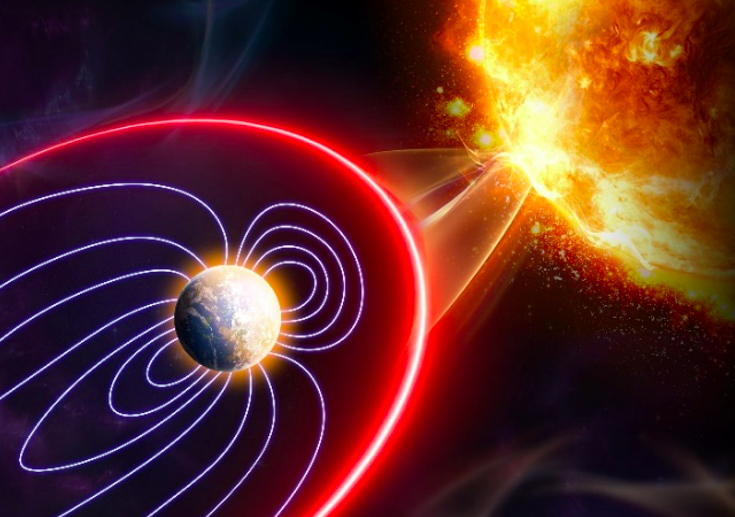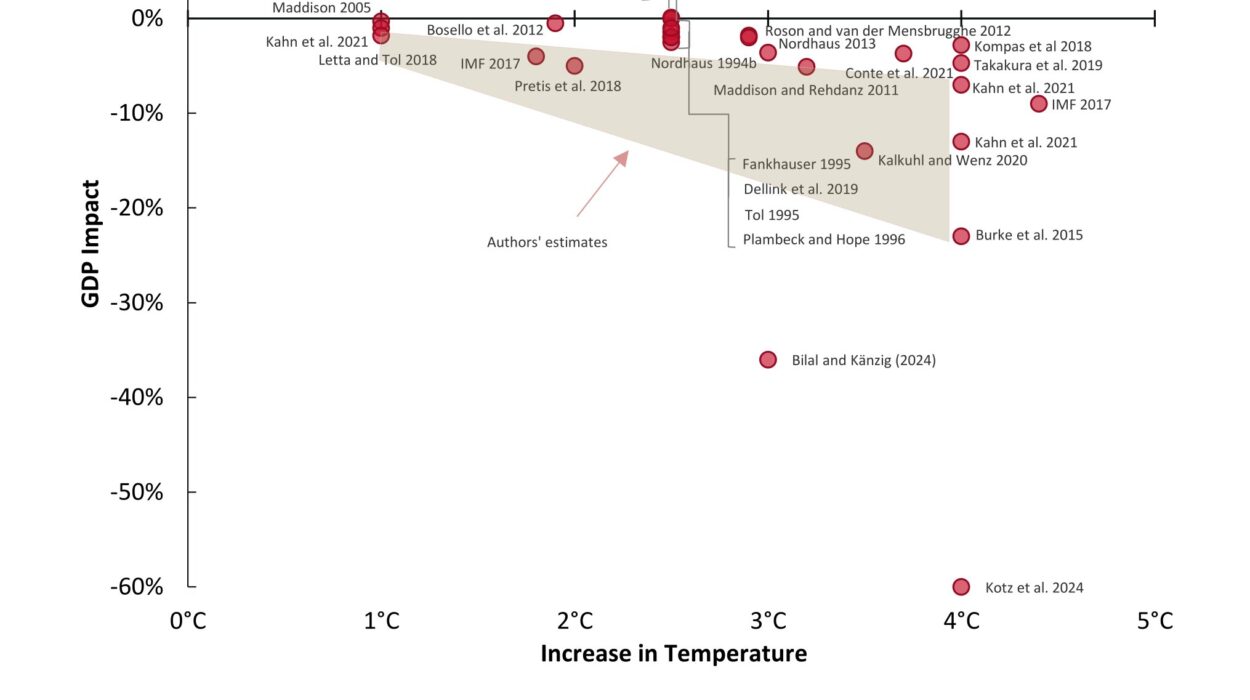While news headlines flash red warning signs during blistering land-based heat waves, another quieter crisis is escalating beneath the surface of the world’s oceans. It does not crack asphalt or ignite wildfires. It does not make sidewalks sizzle or cities swelter. But it is no less catastrophic. The oceans—our blue lungs, our life source, our planetary thermostat—are running a fever.
This is not metaphor. This is marine heat. And it’s no longer a gentle simmer.
In 2023, the oceans experienced the most extreme marine heat waves (MHWs) ever recorded. By 2024, those records were already under siege again. Scientists report that not only are these heat events getting hotter, but they are lasting longer, reaching deeper, and spreading farther than any observed in modern history. A staggering 96% of the global ocean surface recently experienced heat wave conditions—an astronomical leap from the historical average of 73.7%.
But what’s unfolding in the ocean isn’t just a problem for coral reefs or curious marine biologists. It’s a global emergency unfolding quietly and dangerously beneath the waves—altering ecosystems, destroying fisheries, fueling storms, and disrupting economies. The oceans are telling us something. And they are raising their voice.
Oceans on Fire: A Global Breakdown
When scientists at institutions across the globe joined forces to examine what was really happening to the seas, they turned to some of the most advanced tools available: satellite data from NASA’s ECCO2 project (Estimating the Circulation and Climate of the Ocean-Phase II) and the OISST (Optimum Interpolation Sea Surface Temperature) dataset. Their goal was to map where and why the most intense marine heat waves were emerging—and to understand what that meant for the future of the planet.
What they found was startling. The average marine temperature in 2023 was 1.3°C above historical norms. That might sound modest, but in oceanic terms, it’s the equivalent of raising the human body temperature by several degrees for an extended period—a potentially fatal fever for marine life. Even more concerning was the duration: these heat events lasted, on average, 120 days. That’s four times longer than the historical average.
But averages only tell part of the story. The North Atlantic Ocean, for example, endured a marine heat wave that stretched a mind-bending 525 days. Temperatures there soared up to 3°C above normal. In the Tropical Eastern Pacific, where heat waves often link with El Niño conditions, surface temperatures spiked 1.63°C above average. Near New Zealand, in the Southwest Pacific, the warm water contributed to the intensification of Cyclone Gabrielle, a storm whose path of destruction underscored how ocean heat can fuel chaos on land.
The waters are heating. The weather is reacting. The consequences are compounding.
When the Ocean’s Balance Breaks
Marine heat waves are not just statistical anomalies. They are planetary stressors, warping the fabric of Earth’s climate system and ravaging marine ecosystems in ways that are often irreversible. Coral reefs bleach and die, unable to survive the prolonged heat. Fish populations migrate erratically or collapse entirely. Kelp forests vanish. Entire food webs destabilize.
And the dominoes do not stop there. For coastal communities and nations that depend on fishing, tourism, or aquaculture, marine heat waves mean lost income, broken economies, and mounting food insecurity. Jobs disappear with the fish. Dinner plates grow emptier. Climate refugees are no longer a distant concept—they are a living, breathing reality for some of the world’s most vulnerable populations.
The oceans, which have absorbed over 90% of the excess heat trapped by greenhouse gases, have long buffered humanity from the worst of climate change. But even the most resilient systems have a breaking point. The recent escalation in marine heat wave activity may be a sign that we’re nearing it.
Unraveling the Drivers
While it’s clear that marine heat waves are increasing in frequency and intensity, the forces driving them are complex, and often differ from one ocean basin to another. To make sense of it, researchers broke down the mechanics region by region, identifying subtle shifts in oceanic and atmospheric processes that collectively produce these extreme temperature anomalies.
In the North Atlantic, increased shortwave radiation—essentially more solar energy reaching the ocean’s surface—was found to be a major culprit. Compounding the problem were weaker winds and reduced cloud cover, which allowed more sunlight to penetrate the surface. Adding to that, a shallower mixed layer (the upper zone of ocean water that mixes due to wind and waves) trapped more heat in the top few meters of ocean, rather than allowing it to be diluted downward.
In the Southwest Pacific, reduced cloud cover also played a key role, but the heat wasn’t just limited to the surface. Through a process called advection—the horizontal movement of warm water—heat was carried nearly 1000 meters deeper than usual. This is particularly concerning because deep ocean heating is difficult to reverse and can linger for decades or centuries.
The North Pacific experienced similar increases in solar radiation and also saw a reduction in heat loss from the ocean back into the atmosphere. Changes in cloud behavior and atmospheric stability prevented the ocean from cooling itself efficiently.
Perhaps most telling was the Tropical Eastern Pacific, where the warming was heavily influenced by the onset of El Niño. This climate pattern, characterized by weakened trade winds and a decline in cold-water upwelling, allowed warm surface waters to pool unchecked. The result was a significant spike in regional ocean temperatures, paired with disruptions in weather patterns across the globe.
A Tipping Point in Sight?
For years, scientists have debated whether Earth’s climate system has tipping points—critical thresholds that, once crossed, result in rapid, irreversible changes. The extraordinary marine heat waves of 2023 and 2024 may be more than just extreme weather events. According to the study’s authors, they may represent a fundamental shift in the ocean-atmosphere relationship—a sign that we’re approaching a dangerous new phase in planetary evolution.
“The extraordinary marine heat waves of 2023 may represent a major shift in oceanic and atmospheric conditions,” the authors wrote, “potentially indicating an early signal of a tipping point in Earth’s climate system.”
That sentence is chilling. It suggests that we may be on the cusp of change that cannot be undone—where the ocean no longer acts as a buffer but instead becomes an amplifier of climate instability.
The Fight for the Future Beneath the Surface
Despite the dire warnings, this research is not just a death knell—it’s a call to action. By uncovering the physical drivers of marine heat waves, scientists can better forecast when and where they’ll occur. They can design adaptation strategies for fisheries and aquaculture. They can help policymakers prioritize regions most at risk and take preventive measures to avoid total collapse of vulnerable ecosystems.
Moreover, understanding these mechanisms opens the door to a broader truth: these changes are not accidental. They are being driven, in large part, by human activities—burning fossil fuels, deforesting land, releasing greenhouse gases into an already overwhelmed atmosphere.
The ocean is responding to our actions with an ever-louder voice. It is swelling with heat, with energy, with unrest. But it is also offering us knowledge—data, models, pathways—that we can use to act.
A Planet in Flux, A Choice in Our Hands
The silence of the ocean can be deceiving. Unlike hurricanes or droughts, marine heat waves do not leave immediate scars on landscapes. Their destruction occurs beneath the waves, far from human eyes. But they are no less deadly, no less consequential, no less urgent.
What we do now will determine whether the seas stabilize—or boil.
As each year brings new records, we must ask: how much heat can the oceans bear before they push back in ways we cannot control? The answer may come sooner than we think.
But if we listen, if we invest in science, act on the knowledge we have, and radically reduce the emissions warming our planet, the ocean may yet remain our ally. It is not too late—but the tide is rising.
And the water is getting hotter.
Reference: Tianyun Dong et al, Record-breaking 2023 marine heatwaves, Science (2025). DOI: 10.1126/science.adr0910






